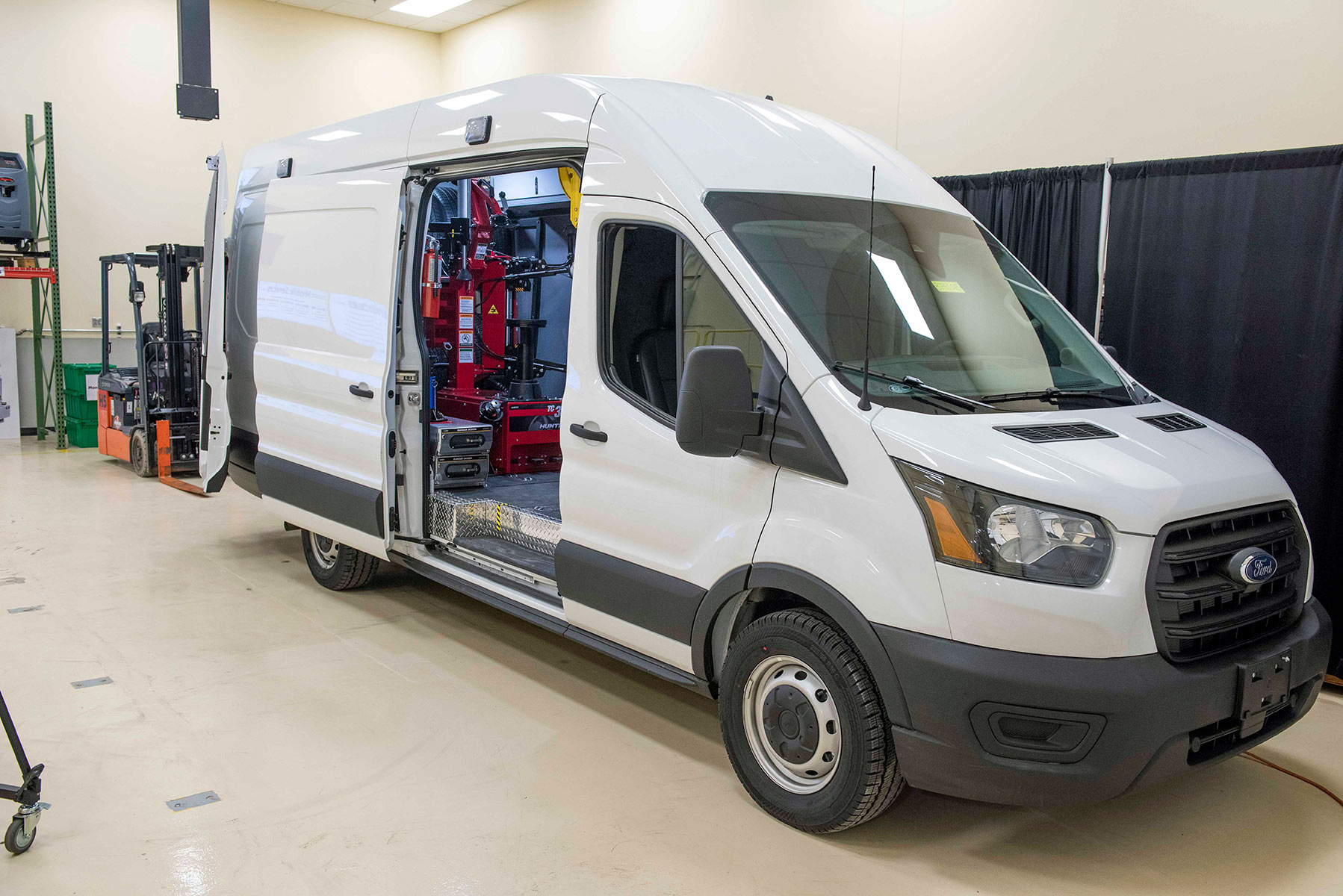Emergency Situation Mobile Tire Service Available in Las Vegas
Emergency Situation Mobile Tire Service Available in Las Vegas
Blog Article
Tire Solution: Proven Techniques for Optimum Tire Upkeep and Care
Preserving optimal tire condition is extremely important for both security and efficiency of any type of lorry. From ensuring proper tire stress to regular rotation and placement, there are tried and tested methods that can substantially extend the life-span of your tires and enhance general driving experience. As we discover the complexities of tire care and upkeep, we will certainly uncover vital standards that every car owner ought to comply with for the best possible outcomes. Let's dive right into the world of tire service and discover the tricks to keeping your tires in excellent shape for the long run.
Importance of Tire Pressure
Adequate tire stress promotes much better gas performance, as under-inflated tires can lead to increased rolling resistance, triggering the engine to function tougher and take in more fuel. Appropriate tire pressure makes sure even step wear, improving tire longevity and conserving cash in the lengthy run by postponing the requirement for early replacements. Routinely inspecting and readjusting tire pressure, especially before lengthy trips, is a basic yet reliable method to improve lorry efficiency, extend tire lifespan, and prioritize safety and security on the roadway.
Tire Rotation Standards
When taking into consideration tire turning standards, it is vital to comprehend the value of this upkeep job in making the most of tire lifespan and keeping optimal lorry efficiency. Tire turning involves transforming the position of each tire on a lorry to make sure also step wear. Front tires often tend to put on a lot more swiftly than rear tires due to steering forces, making normal rotation crucial for balanced wear patterns. The recommended rotation pattern varies relying on whether a vehicle is front-wheel, rear-wheel, all-wheel, or four-wheel drive. Typically, tires need to be rotated every 5,000 to 7,500 miles, or as encouraged in the vehicle manual. Disregarding tire rotation can bring about irregular wear, impacting handling, traction, and potentially compromising automobile safety and security. By sticking to appropriate turning standards, chauffeurs can prolong the life of their tires, enhance fuel efficiency, and enhance total driving experience. Routine turning is a basic yet effective maintenance practice that adds significantly to tire long life and vehicle performance.

Advantages of Wheel Positioning
Making sure correct wheel alignment after tire rotation is vital for keeping balanced wear patterns and maximizing vehicle efficiency. Additionally, correct wheel placement helps to prolong the lifespan of your tires. Misaligned wheels can trigger uneven tire wear, leading to premature tire replacement and boosted upkeep expenses.

Tire Tread Depth Examine
Doing a regular examination of tire tread depth is essential for preserving risk-free driving problems and prolonging the life expectancy learn this here now of your tires. Unequal tread wear can suggest problems with tire pressure, positioning, or suspension, highlighting the importance of normal walk depth checks. By incorporating tire walk deepness checks into your routine upkeep schedule, you can drive with self-confidence knowing that your tires are in top condition.
Seasonal Tire Inspection
Seasonal tire evaluation is an essential facet of tire maintenance that makes certain tires are ready to face the challenges presented by various weather condition conditions. In prep work for winter, it is important to inspect the tire pressure consistently as chilly temperature levels can trigger tire pressure to go down. By performing regular seasonal tire inspections, chauffeurs can extend tire life-span, improve fuel efficiency, and most notably, make certain a secure driving experience in varying weather condition problems.
Conclusion
To conclude, preserving appropriate tire pressure, turning tires routinely, straightening wheels appropriately, keeping an eye on step deepness, and conducting seasonal assessments are essential practices for optimal tire treatment. By following these verified approaches, motorists can guarantee their have a peek here tires last much longer, execute much better, and add to total car security. It is essential to prioritize tire upkeep to avoid accidents, improve fuel performance, and extend the life expectancy of tires.
Ample tire stress advertises far better gas efficiency, as under-inflated tires can lead to increased rolling resistance, causing the engine to function harder and take in more gas.When thinking about tire rotation guidelines, it is vital to recognize the significance of this upkeep task in taking full advantage of tire life expectancy and preserving ideal car efficiency. Seasonal tire examination is an essential aspect of tire maintenance that guarantees tires are prepared to face the difficulties presented by different climate conditions. By carrying out regular seasonal tire assessments, chauffeurs can extend tire life expectancy, boost fuel performance, and most importantly, ensure a secure driving experience in varying weather condition problems.
In final thought, keeping appropriate tire pressure, revolving tires consistently, lining up wheels correctly, keeping track of walk depth, and performing seasonal assessments are essential practices for ideal tire treatment.
Report this page